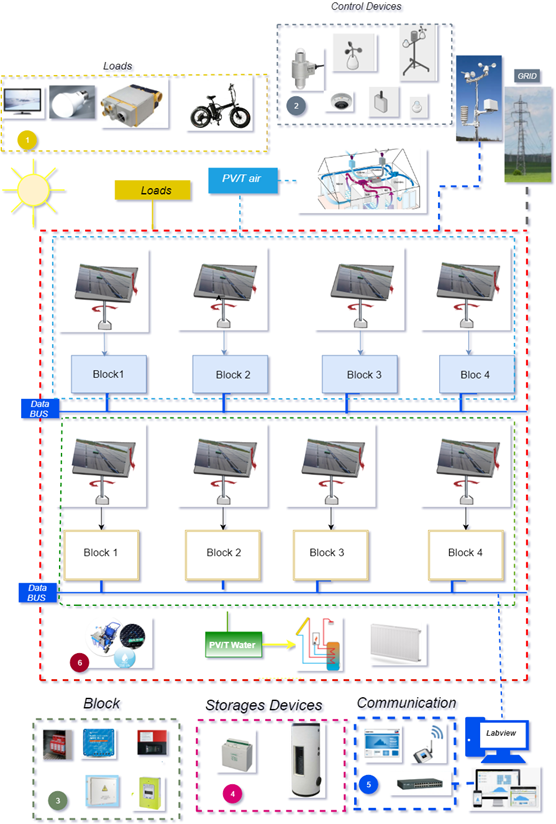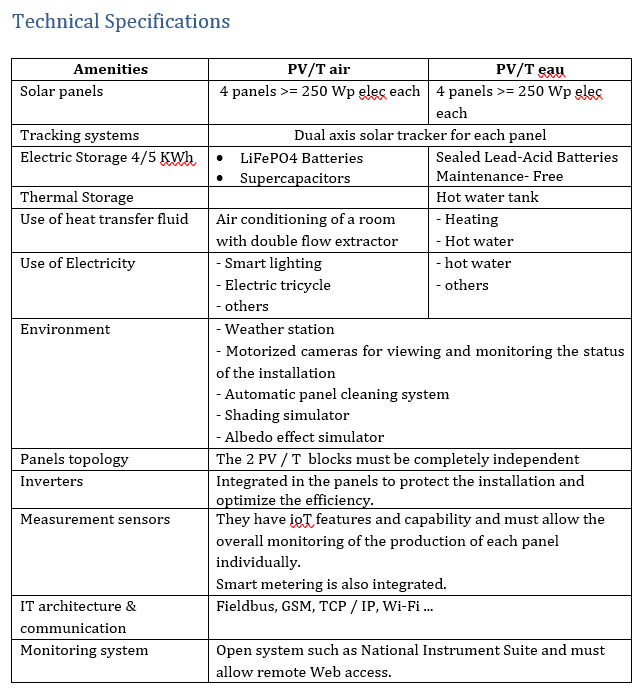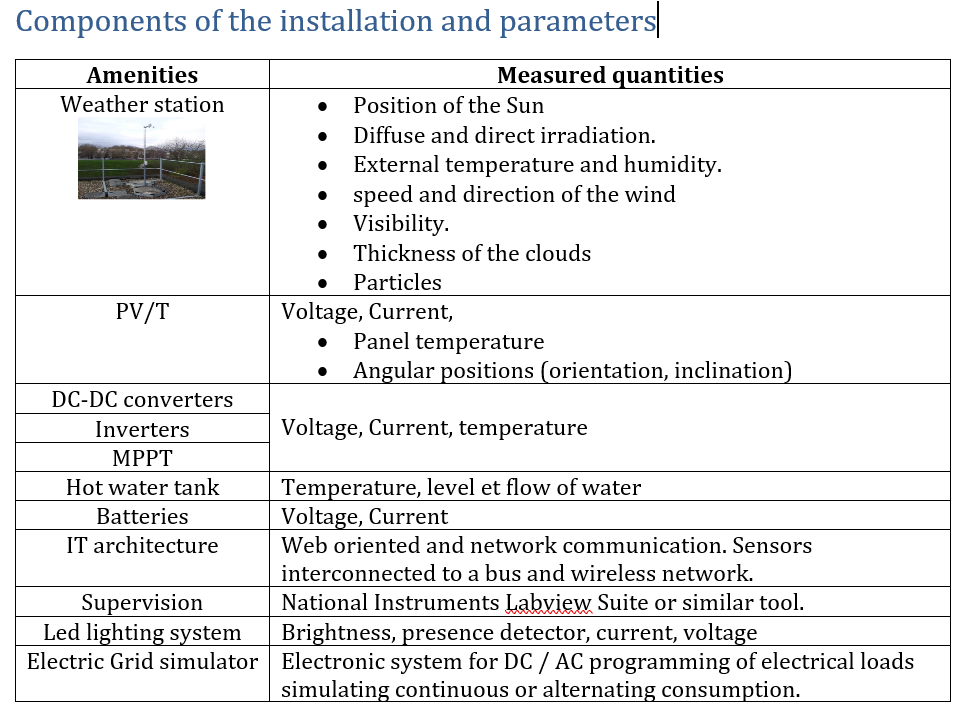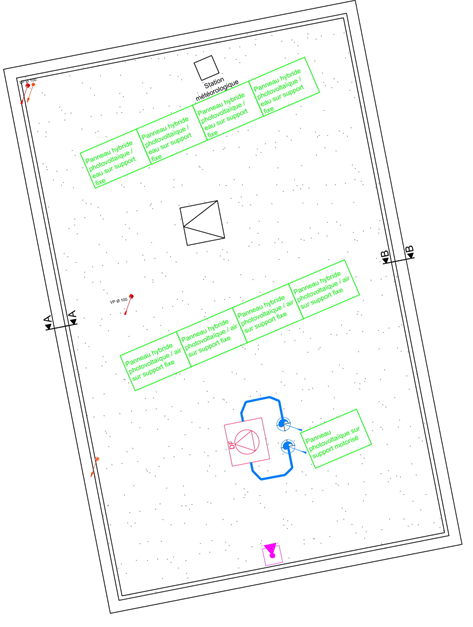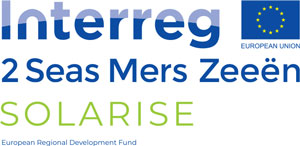University of Picardie Jules Verne Amiens – Living lab SOLLAB
Goal
SOLLAB is viewed as an open platform for education, research and development on innovative solar energy technologies.
Description
The SOLLAB is an open platform for research and development on innovative solar energy technologies, covering the various components of the chain: Collection; Conversion; Storage; Intelligent and connected sensors; Metering; Communication; Stand-alone operation or injection into the Grid or Micro-Grid; Use of energy in electrical form in storage, injection or self-consumption; Use of energy in thermal form in storage, for domestic hot water (DHW) or for heating / cooling; Graphical User Interface; Supervision and optimal management of the installation; locally or in secure remote access via the web…
To cover a wide range of technologies, PV/T hybrid panels that provide air/water in addition to electricity were chosen.
The SOLLAB includes ioT blocks for PV/T’s, storage, MPPT, smart measurements and IT communication through CAN Bus and web connection. Most tools are ‘homemade’ using low cost and open source materials and software. It can be seen as an open cyber physical solar energy platform with web-access for supervision, control and monitoring.
Purpose
SOLLAB will be used for educational and research purposes:
- Evaluation of the technologies in the solar conversion chain: solar panels, batteries, DC-DC converters, inverters, internet of things, communication, sensors …
- Optimization of the power conversion chain.
- Energy management in a micro-grid context including the presence of electric vehicles and intelligent lighting.
- Control of thermal comfort of a building considering energy efficiency.
- Diagnosis, fault detection and reconfiguration of the PV system.
- Control and energy management strategies.
- Long-term performance analysis of the different components.
- Test and Evaluation of the smart grid under different operating conditions.
- Operation in autonomy (off-grid) or micro-network DC.
- Remote control and security.
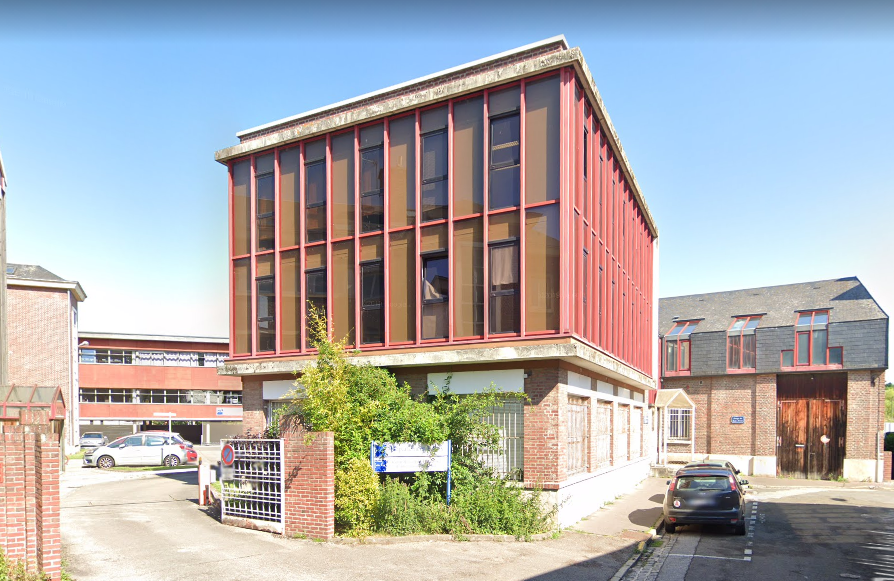
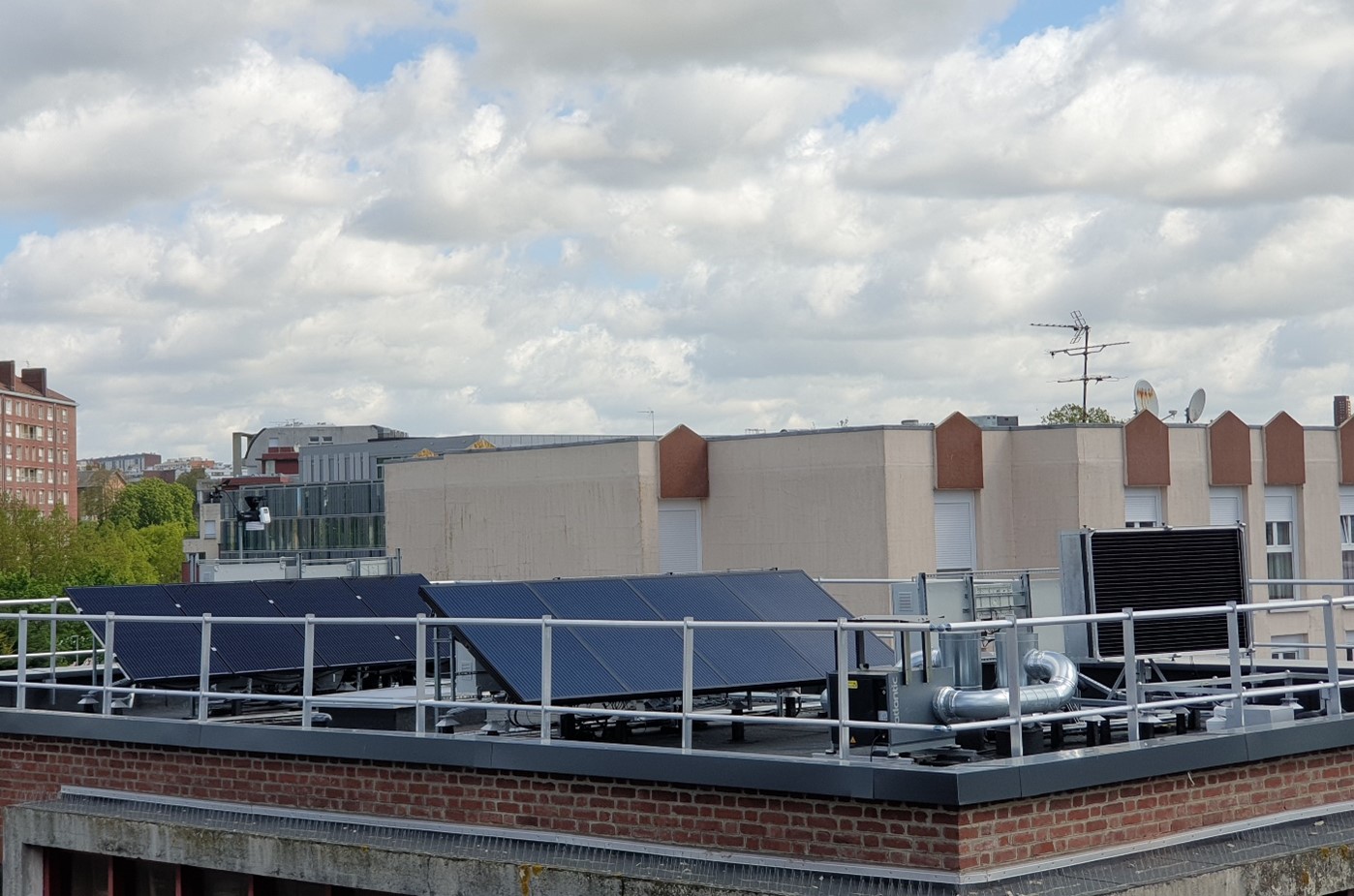
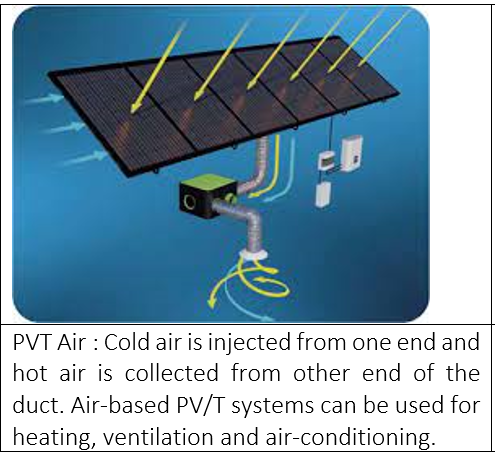
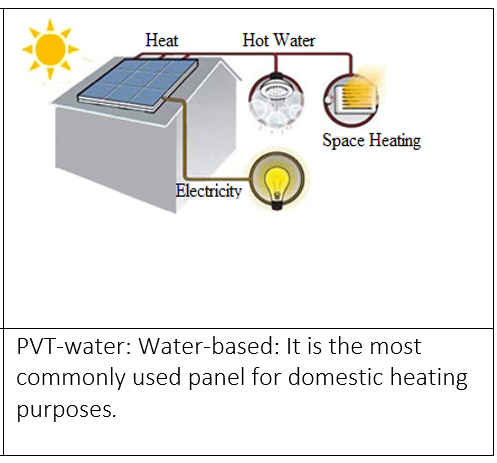
The SOLLAB illustrates a variety of solar enabling components. To cover a wide range of technologies, we chose PV/T hybrid panels that provide heated air/water in addition to electricity. Figure 1 shows the experimental setup at SOLLAB roof to be monitored where the three blocks (PV/T-air and PV/T-water hybrid panels, tilting PV panels) are installed with different configurations and equipped with IoT modules.
- Block 1: Four PV/T-air hybrid panels are connected with two maximum power point tracker (MPPT) (each MPPT device is connected to two batteries in series) and one DC/AC inverter to supply different AC loads.
- Block 2: Two parallel groups of PV/T-water hybrid panels mounted in series are connected to two MPPT devices (each group is connected to MPPT device), the two parallel MPPT devices are connected to two parallel batteries and one DC/AC inverter to supply different AC loads.
- Block 3: One 2 axis tilting PV panel is connected to an MPPT device that connects one battery and one DC/AC inverter to supply different AC loads.
Key figures

Monitoring
The figure 2 describes the architecture of the SOLLAB as a cyber physical system. Each block has a universal board based on an ESP32 microcontroller that enables communication with IoTs by sending and receiving data using the different functions enumerated below and various technologies as shown in figure 2.
The proposed supervision tool of the SOLLAB uses a visual flow programming, flexible, scalable, and secure SCADA web-platform enabling the interoperability of different communication protocols and a unique web interface. The supervision system flexibility allows the integration of more IoT devices without starting from scratch.
The ESP32_based board ensures the communication between the physical and cyber layers by collecting sensors information (temperature sensors for both PV/T-air and PV/T-water hybrid panels), controlling actuators (brush DC motors for tilting PV panel and Camera) and communicating with secure MQTT server by publishing sensor data and subscribing to control values through defined topics (see example figure 3).
The SOLLAB secure web monitoring interface, based-on Node-Red, receives measured data by subscribing to a secure MQTT server and sends the control values by publishing them to the same server.
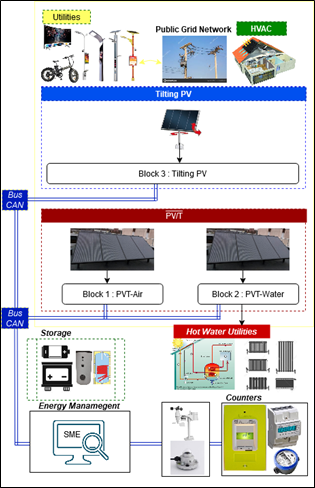
Current status
Installation works on the roof are completed in spring 2021.
Work on sensors, actuators and the supervision system was executed during summer and automn 2021
Attention points / lessons learned
- PVT collectors are more complex to monitor than separated PV and thermal panels.
- The collection of data is difficult and expensive if commercial interfaces are used. We have developed our own hardware and software interfaces.
- The installation of PVTs was not easy even through an external company because these type of panels are still quite unknown. In fact, they require professional skills which are usually provided by 2 different profiles, one is more related to PV panels involving electrical competences and the second one related to solar thermal panels requiring plumbing knowledge.
- Installations of solar energy is much more expensive than in Belgium and in the UK.
- There are a lot of administrative and legislative barriers for solar installations making the process somewhat inaccessible for home owners who are obliged to hire a company and pay high price.
Project flyer
Download here the flyer about the project
Project related news items
- 2021-12 SOLLAB at UPJV: a new video on the concept (FR)
- 2021-05 SOLLAB: The Open Solar Living Lab at UPJV (FR)
- 2020-04 UPJV’s feasibility study leads to 110 kWp PV
Useful links
University of Picardie Jules Verne Amiens – Living lab SOLLAB – YouTube
https://www.youtube.com/watch?v=LZefhI0f9JU
https://elab.u-picardie.fr/ui/#!/0?socketid=Osnmk3WcOPZx-pRYAAio
UPJV Amiens – Living lab SOLLAB | Solarise (interregsolarise.eu)
Technical schema
